Communal Life at Beacon Hill
When people consider the concept of utopia, they often think of a perfect but unreal place. For those in the midst of community life here at Beacon Hill Friends House, it’s clear that this is not a utopia. Our community is viscerally real in its sweetness, complexity, and imperfections.
In fact, when residents found out that we were writing about life at the Friends House for this Friends Journal issue about Quaker utopias, there was an awkward silence—broken by laughter of recognition after Nils added, “to clarify, we’re writing that we’re not a utopia!”
Beacon Hill Friends House (BHFH or just “Friends House”) is a Quaker nonprofit organization based in a 216-year-old rowhouse in the Beacon Hill neighborhood of downtown Boston, on the ancestral and unceded lands of the Massachusett and Pawtucket peoples. Founded in 1957, BHFH holds a 20-person residential intentional community grounded in Quaker values, serves as a center for Quaker-rooted public programming, provides hospitality through two overnight guest rooms, and is the longtime home of Beacon Hill Meeting in New England Yearly Meeting (NEYM). The Friends House’s mission is “to embody the Quaker principles of simplicity, faith, integrity, community, and social responsibility in order to nurture and call forth the Light in all of us.” The Friends House’s four staff members, board of managers, and ever-evolving community of residents (who may each stay up to four years) all share responsibility for helping the organization live into this mission.
Given the nature of its work, it’s not uncommon for the Friends House to come up in conversations about cooperatives, communes, and other sorts of experimental community projects that reflect some form of utopian vision for how groups of people can live together. At first blush, newcomers to the house often remark with curiosity about how unique it is as an institution and a community living situation. For those who move into the house, that perspective quickly evolves into a more complex understanding of both the joys and the difficulties of life here.
Left to right: Beacon Hill Meeting Room 1957, 1983, 2014. Photos courtesy of BHFH social media.
Creating the Beacon Hill Friends House
The Friends House’s true joy can be found in the beauty of what goes on inside the building even more than the structure itself. It’s the sunlight streaming through the grand, arched window into the meetingroom. It’s the smell of something wonderful baking in the oven. It’s the sound of residents’ feet pattering down the stairs in the morning, making their way to coffee and bleary-eyed “good mornings.” It’s the rustle of books and clatter of laptop keyboards in the library as residents work or read or chat. It’s the sound of bubbling water heating up for tea as people enter into vulnerable conversations. It’s the feeling of depth in gathered worship, of insight in a moment of committee discernment, of shared fellowship during an evening event that makes this old house feel well-used and alive. The Friends House is a place where things begin to break open—sometimes literally (it’s an old house)—in ways that foster deepening and connection.
For former BHFH residents, Beacon Hill Meeting members, and others connected with the House, some version of this description is familiar. But it is somewhat unusual for an intentional community of this size to have lasted this long. In many ways, this institution—sharing its home with frequent public educational events, a Quaker meeting, and other community groups that use the space—is truly unique. So how has this setting of joy and beauty lasted for almost 65 years? We believe the answer has to do with a willingness to be a work in progress.
Left to right: Beacon Hill parlor, 1957; Beacon Hill library, late 1960s, 2016.
Right from the beginning, this attitude was true about BHFH. The first directors, Wesley and October Frost, spent much of their years here clearing out items the previous owners had collected over decades. For example, an early resident recently regaled a committee member with a story about there being a collection of 400 hats. The Frosts were able to clear through enough of the clutter to welcome the House’s first residents.
Ernest and Esther Weed, directors from 1960 to 1974, helped create many institutional systems, structures, and policies needed to support BHFH’s intentional community rooted in Quaker values while residents wrestled with significant social issues, including the Vietnam War. We also know that the “rules” first instituted by the Weeds changed significantly through different generations of residents.
Over the years, the Friends House community has created many norms, processes, and systems that have helped us navigate life together in a lasting way—and likely many more that became unnecessary or outdated or no longer served the community (like dividing the house along a gender binary, with rooms for men on one side and women on the other).
Often what gets passed down are the interesting and humorous stories of when things went wrong. For example, one resident in the ’90s moved in with his pet cat, only to have the “incredibly muscular cat” figure out ways to circumvent all attempts to preserve parts of the house as cat-free spaces, including a room with a fish tank. We now have a “no pets unless approved by house meeting” policy to avoid such “cat-tastrophes.” Of course, underneath these stories there are others we don’t know that may have caused more serious disappointment, discomfort, and even exasperating difficulty.
There is much that current staff and residents don’t know about what life was like in previous decades here. But we know from what has been passed down that there was significant love and care taken in creating the systems that keep our community running.
For example, when people step into our 100-year-old elevator, they see a small framed type-written poem by Polly Davis Dow, a resident here in the 1960s, explaining how to use the elevator:
RIDERS, we beg, we beseech,
We implore,
That when leaving this lift,
You WILL PLEASE SHUT THE DOOR!
For, if this small duty you
Carelessly shirk,
Someone else will discover the dark
DARN THING WON’T WORK!
And they’ll pantingly climb each flight
BREATHLESSLY HOPIN’
The next flight was where someone
Left the door open!
So FRIEND, if you’re PEACEFUL,
And don’t want a fight,
As soon as you leave here
PLEASE SHUT THE DOOR TIGHT!
This poem is still relevant today, and it’s a creative and funny way to communicate this important message to new residents and visitors using the elevator. (And yet, some of us still forget to shut the door.)
Another example is the BHFH chore handbook, which includes a beautiful “Philosophical Preface” from the early 1990s encouraging the reader to consider chores, even the ones we hate, as “an expression of love for each other.” It continues:
Although we can think of doing these tasks as a way of caring for each other, we must not then interpret the neglect or avoidance of chores as hostility or lack of caring. We must be careful not to take everything personally. Most of the time, patience, communication, and forgiveness are all that is necessary. . . . That means that when we see a full tray of dirty dishes that others have avoided loading into the sterilizer, we can transform our momentary discomfort into forgiveness and compassion. . . . If you notice resentment influencing your mood or actions, take a break, address any concerns you have with specific people, consider talking to a committee or initiating other institutional change, and then take a deep breath and do what has to be done. We have systems to make labor as equal as possible, but sometimes we all feel like we are carrying more of the load, and that is normal.
The way it feels to live through this work of transforming discomfort into forgiveness and compassion—at times annoying, and at others life-giving—is part of what makes it laughable to think of the Friends House as a utopia: life here often feels far from perfect. (Would a true utopia still have piles of dirty dishes in the sink?)
So what about the Friends House today is relevant to a conversation on Quaker utopias? We think it ultimately isn’t about BHFH being a utopia at all, but a place where inner journeys are continually happening—where we are all “working on it” individually and collectively—supported by Quaker practices and principles. The Friends House has always been a place for individuals to grow and contribute to the work of making our community a little more perfect, a little more cohesive, a little more joyful. Even as the systems and processes have changed over the decades, this focus on growth and deepening is one part of the Friends House experience that (as far as we know) has been constant. And it’s arguably a significant part of why the Friends House has been able to last as long as it has.
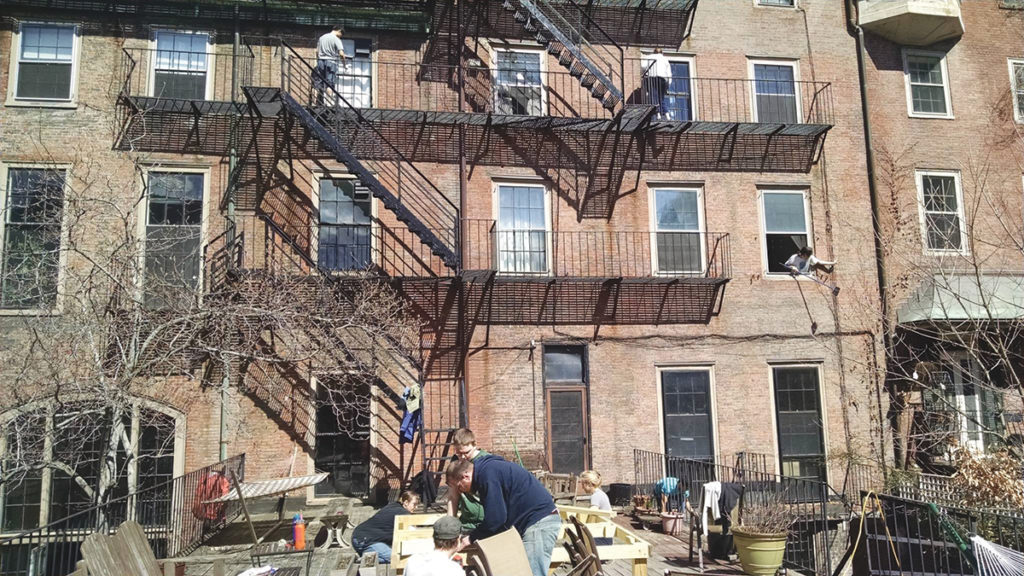
BHFH residents work together in teams to help maintain the building, 2015.
Ways We’re “Working on It” Today
The laughter mentioned at the beginning of this article occurred at the end of a vulnerable, challenging, and way-opening conversation—the kind that is sometimes necessary when living in community. We think that the reason why calling the Friends House a utopia strikes residents as absurd is that part of our core nature is being a continual work in progress. This includes being willing to admit when we’re wrong and to work to make things right—from simple things like saying, “That pile of furniture to be discarded can wait in the courtyard another week” only for it to become a rat condominium, to deeper issues like feelings of safety and trust in the community.
Given all of this background, here are some frontiers of the work that are especially alive for us today. First, we (as an institution and community) strive to recognize the uniqueness of each person and the Light that they bring to the community and the world. The Friends House has always been a bridge between the ideal values and practices of Quakerism and a real-world group of people who already have full lives, other things competing for their attention, other faith and non-faith traditions, and a wide range of motivations for coming to the house and for staying here once they’ve moved in. We see this reality as a part of the beauty of the Friends House community: that we can provide space and accompaniment to individuals on their seeking journeys at whatever stage of life they come here, whether or not they are or ever become members of the Religious Society of Friends. This diversity of experience, tradition, and belief opens us to new ways of thinking, being, and seeking.
Additionally, we always hope and strive to be in right relationship, but also know that we need to continually “work on it” in community. Sometimes we say that we believe something but our actions don’t reflect that belief. Through a relationship with our Inward Light, we can begin to see that we all sometimes fall short of the way our relationships or our community (or the Kingdom of Heaven) could be. We all need to work on this aspect of life, and doing so in the context of community can help.
Finally, we know from experience that growing together, even when it’s difficult, is transformative. The Friends House offers opportunities to live with intention and integrity. This doesn’t just mean the parts of community that feel joyful and good (although there is a lot of that, too). It means that we mess up, and we are tested and tried. As a Quaker institution, we understand that the radical ethics of love and nonviolence require us to be vulnerable, think restoratively, and learn and grow even when uncomfortable. We know that transformation can occur in the vulnerable conversations at our house meetings or between residents and in having the courage to speak hard truths and navigate healing.
So while utopia can be viewed as an unreal, perfect place, the journey toward a better way of living in relationship to others, our world, and ourselves is very real. BHFH serves as a container that supports people in continued and collective journeys informed by Quaker practices of honoring everyone’s Inner Light, striving toward right relationship, and helping each other toward living with integrity.
Alongside that, God willing, there will also be some shared laughter.


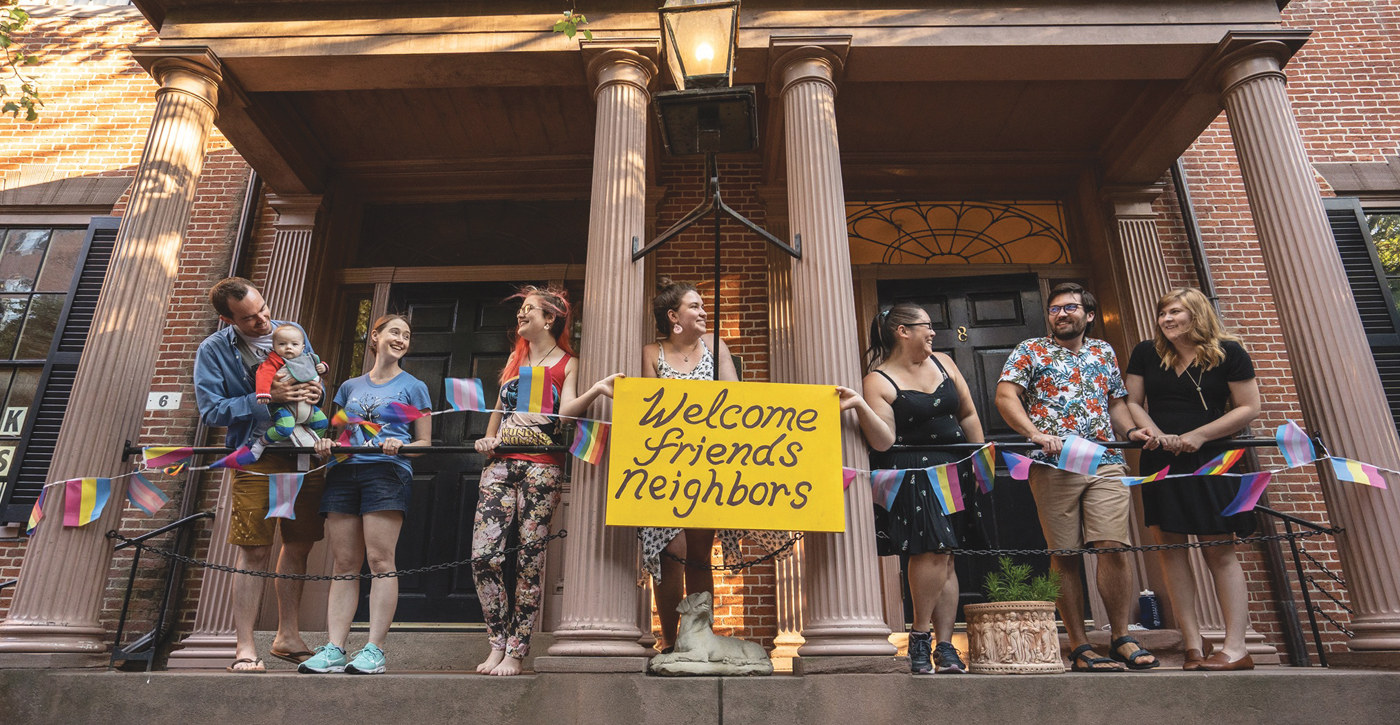
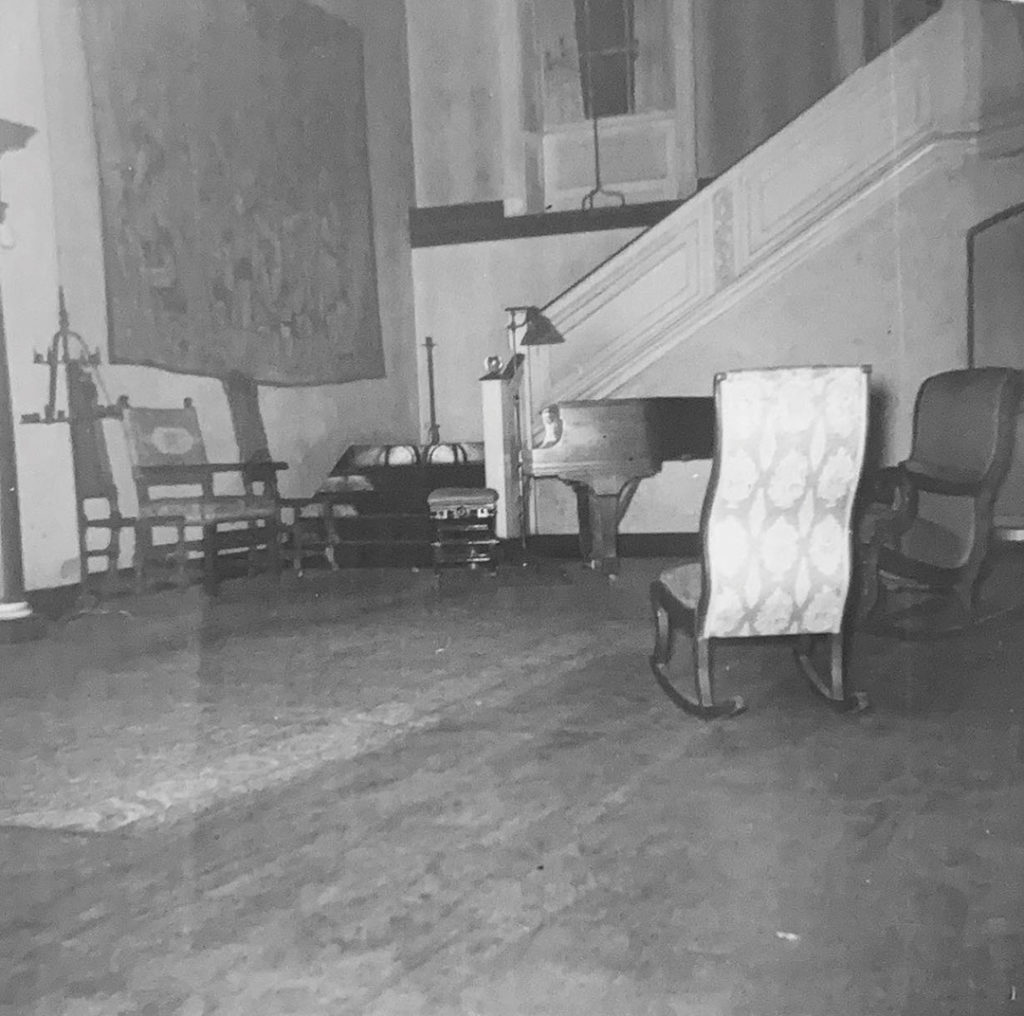
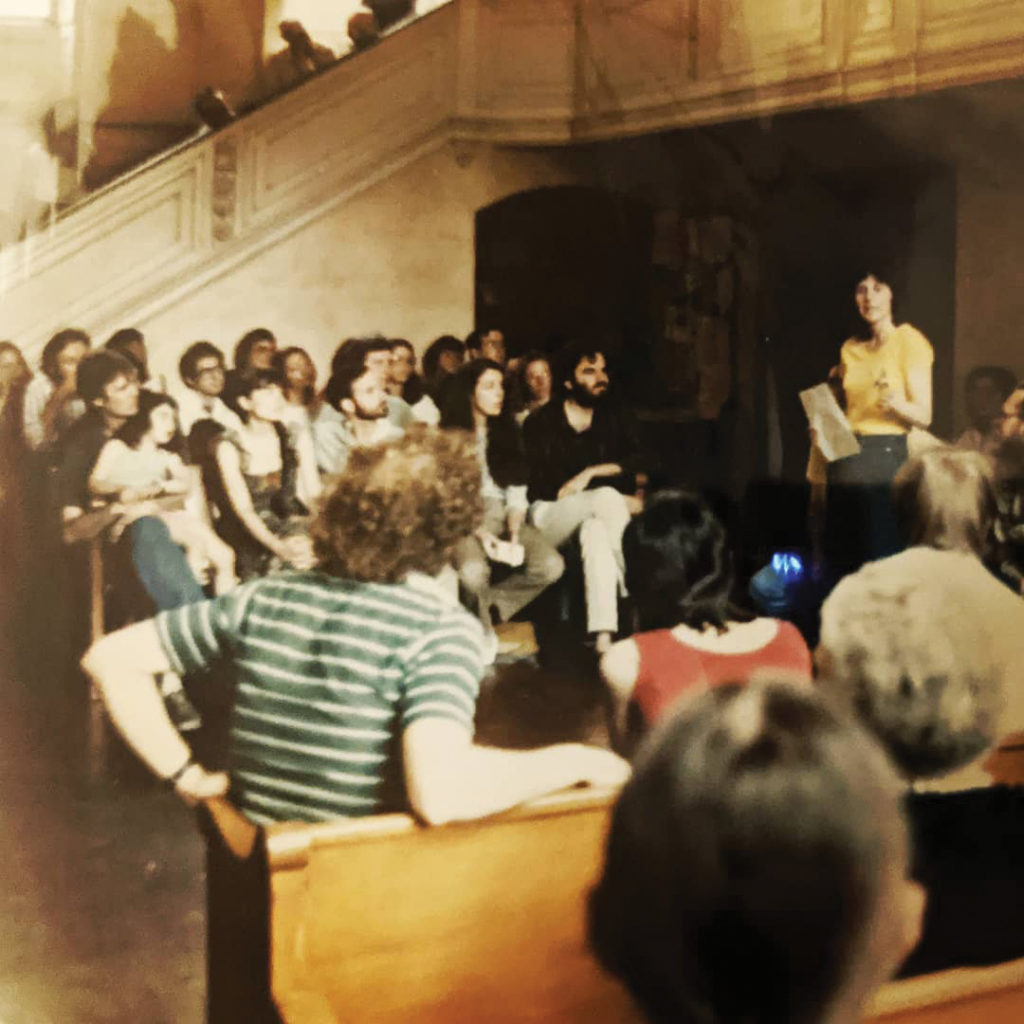
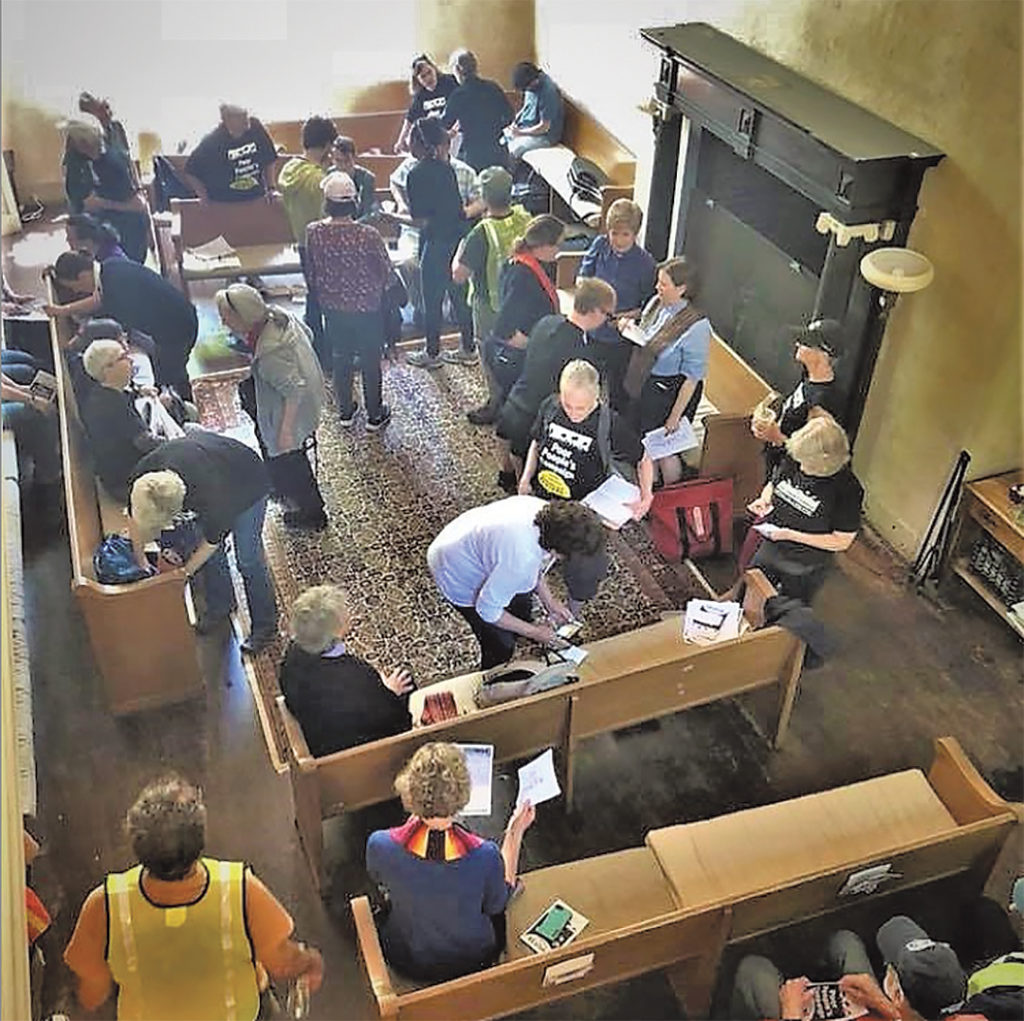
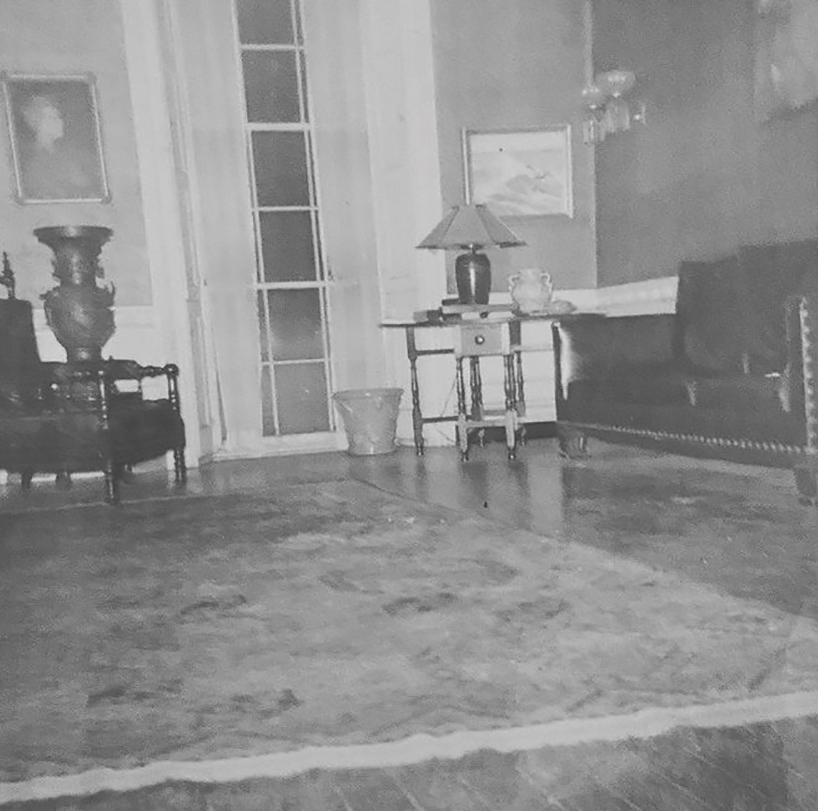
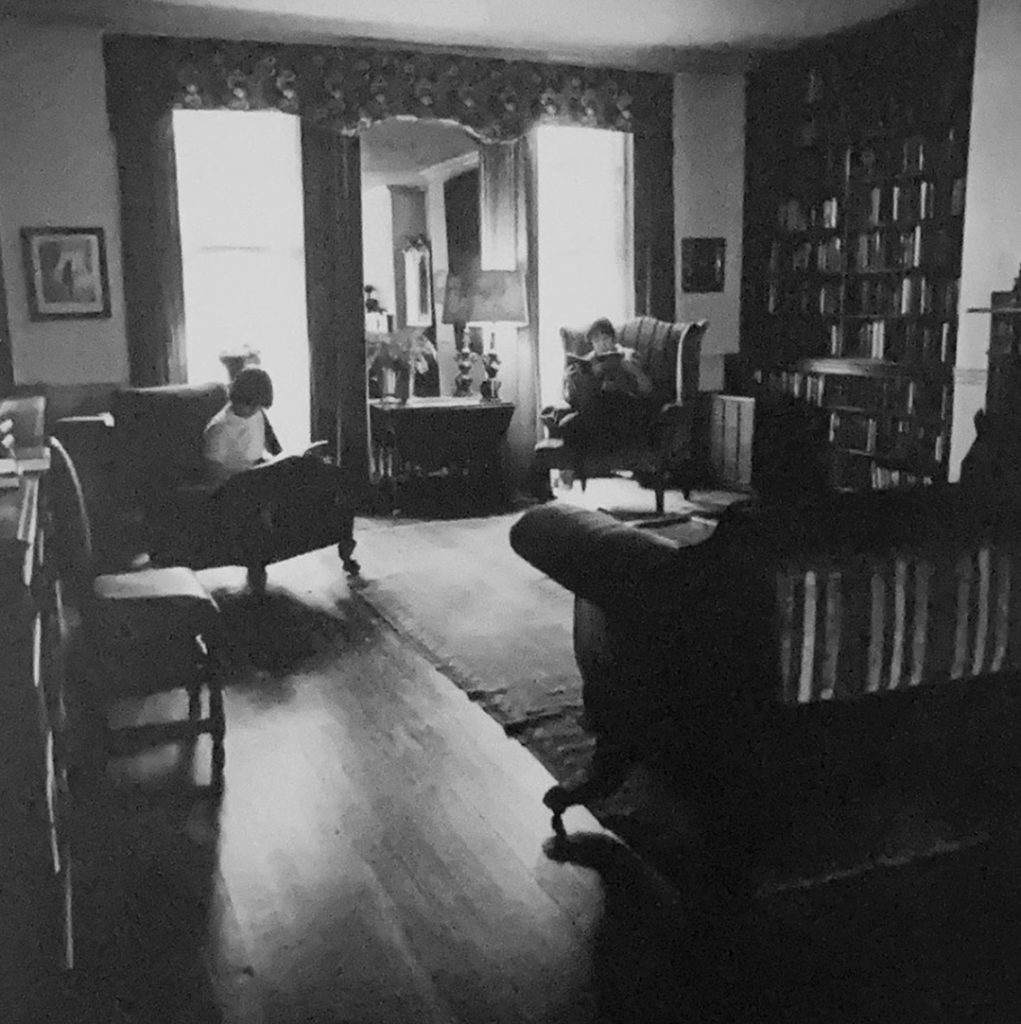
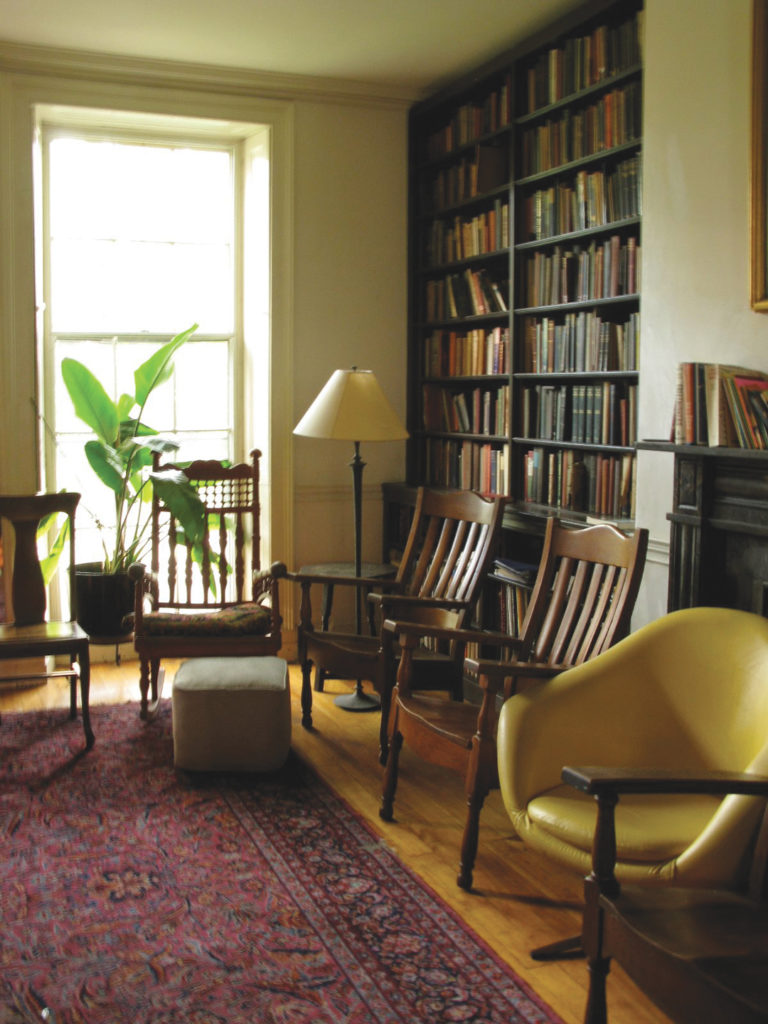
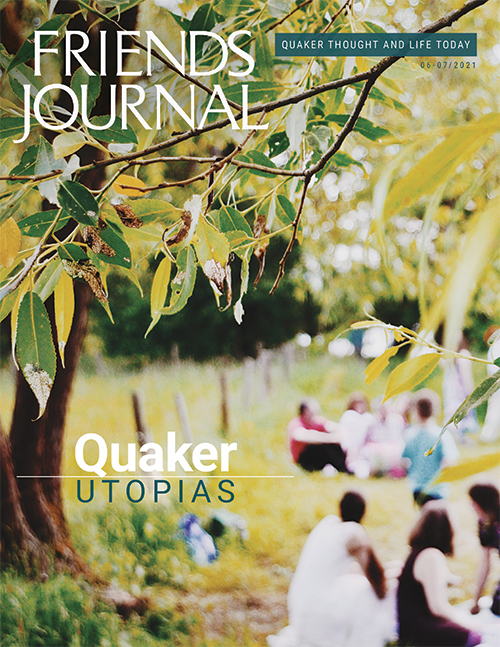
Comments on Friendsjournal.org may be used in the Forum of the print magazine and may be edited for length and clarity.